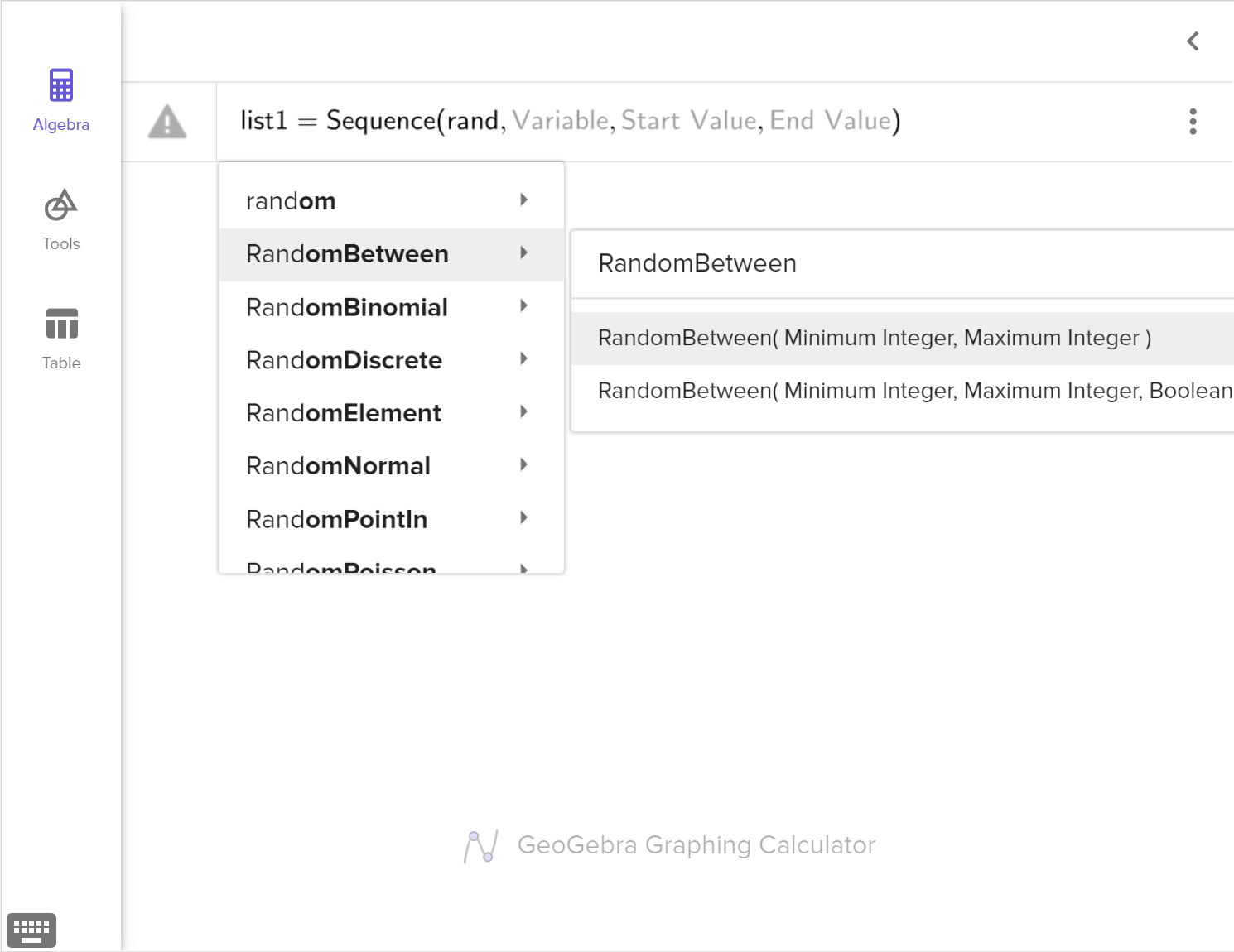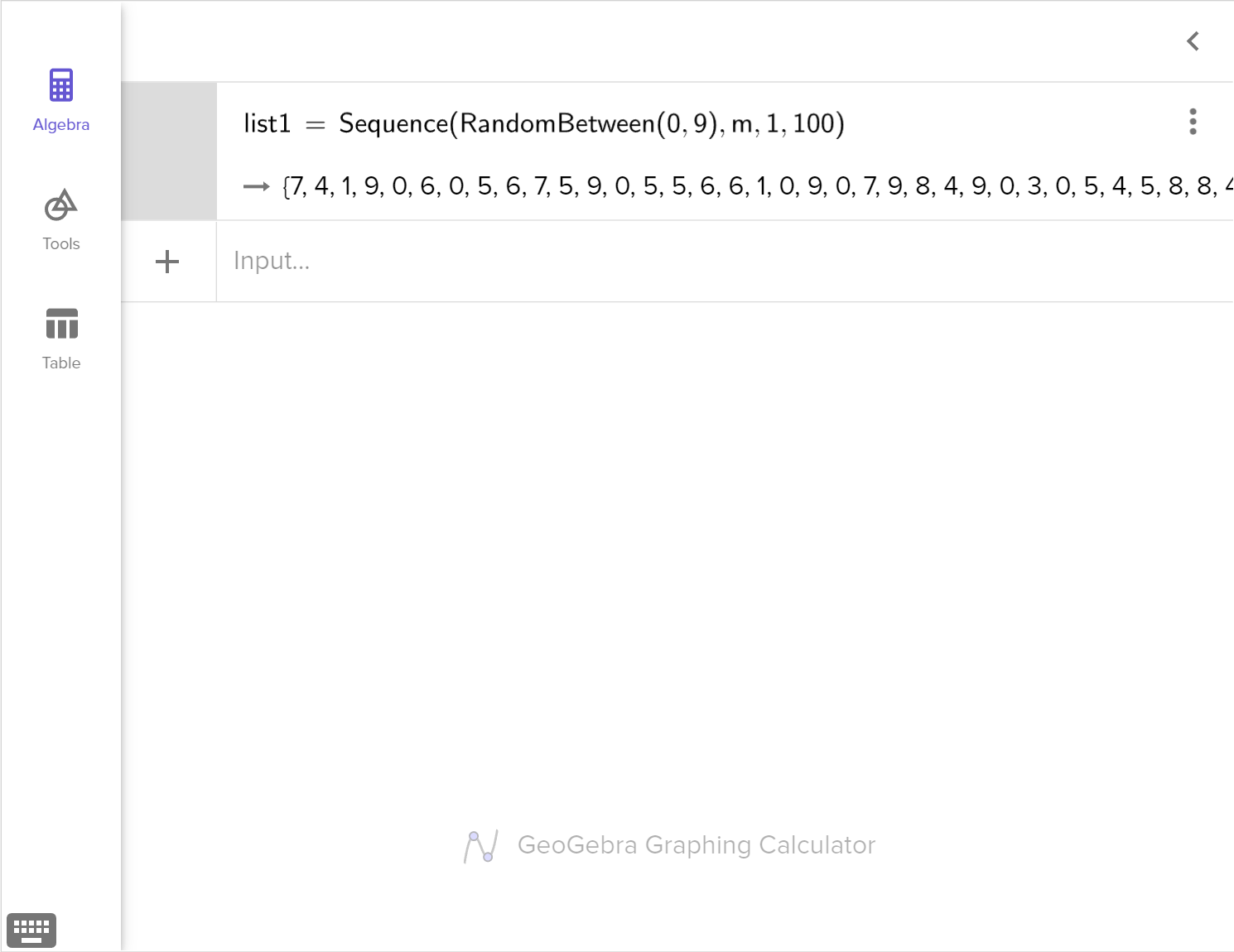9.02 Fair decisions using probability
Introduction
In the previous lesson, we learned that a sample must be representative of a population before we make inferences about the population. One way to make a sample representative is by using randomization. In the Geometry lessons 12.03 Conditional Probability and 12.02 Probability, we learned how to caclulate theoretical probabilities. In this lesson, we will use simulation to create random samples, then compare the experimental probability from the simulation to the theoretical probability.
Fair decisions using probability
Probability is the study of chance, and we use it to make predictions and fair decisions. Recall that we calculate the probability of an event by finding P\left(\text{Event}\right)=\dfrac{\text{Number of outcomes satisfying the event}}{\text{Total number of possible outcomes}}
The probabilities of all the possible events in the sample space will sum to 1.
We can make predictions by first creating the sample space, then determining the theoretical probability of each outcome. We can also make predictions by running experiments or looking at data that has already been collected. This is called experimental probability.
The experimental probability will be closer to the theoretical probability when more trials are run in an experiment. If the experiment contained a lot of trials and the probabilities do not resemble the theoretical probabilities, there may be reason to question the hypothesis of the experiment.
Because experiments take a lot of time, we can use tools to simulate an experiment. These tools may include cards, a die, a spinner, a random number generator, a coin, etc. When using these tools, we need to assign outcomes that match the theoretical probability.
Exploration
A science teacher gives a multiple-choice quiz to his students. There are 10 questions with 4 multiple-choice options each. A student would need a score of 60\% or above to pass.
After taking their test and receiving their scores, one of the students in the class said, "I didn't even study for this test and I passed. Science is so easy."
The simulation below shows the number of questions guessed correctly if a person was guessing at random. There are 100 trials represented.
Use the simulator to determine the score a student is most likely to receive if they guess at random.
Explain whether or not you believe that the student guessed randomly.
What is a possible explanation for the student's passing score?
Examples
Example 1
Julio, Felipe, and Maria had daily chores. Their least favorite chore was cleaning the bathroom. The oldest brother, Julio, convinced his siblings that they should draw names from a hat to decide who cleans the bathroom each day instead of taking turns.
He wrote all 3 of their names on separate pieces of paper and placed them in the hat.
Felipe got upset because he had to clean the bathroom 4 times in one week, but Julio only had to clean it once. He thinks Julio is not drawing names fairly. Explain why Felipe thinks that with a fair draw, he would only have to clean the bathroom at most 3 times in a week.
The table below shows the results of 200 simulations, each simulating 7 draws with each person having a probability of \dfrac{1}{3} of getting picked.
| \text{Number of times}\\ \text{a person is picked} | 0 | 1 | 2 | 3 | 4 | 5 | 6 | 7 |
|---|---|---|---|---|---|---|---|---|
| \text{Frequency} | 12 | 48 | 58 | 49 | 27 | 3 | 3 | 0 |
Determine if Felipe is correct. Is it reasonable to believe the draw was unfair?
Example 2
Ravi is researching the number of people who are left-handed. He discovered the results of an observational study which found 358 people were left-handed and 2\,642 were right-handed.
According to this study, determine the probability a person is left-handed.
As Ravi continued researching, he found another resource that said 10\% of people in the world are assumed to be left-handed. Design and run a simulation to model this outcome. Compare the results to the results from the sample in part (a).
Theoretical and experimental probability can be used to make fair decisions or predictions. The experimental probability will be closer to the theoretical probability when conducting larger numbers of trials.
If the experiment contained many trials and the probabilities do not resemble the theoretical probabilities, there may be reason to question the hypothesis of the experiment.
Simulation tools can be used to simulate an experiment or multiple experiments. When using these tools, we need to assign outcomes that match the theoretical probability.


